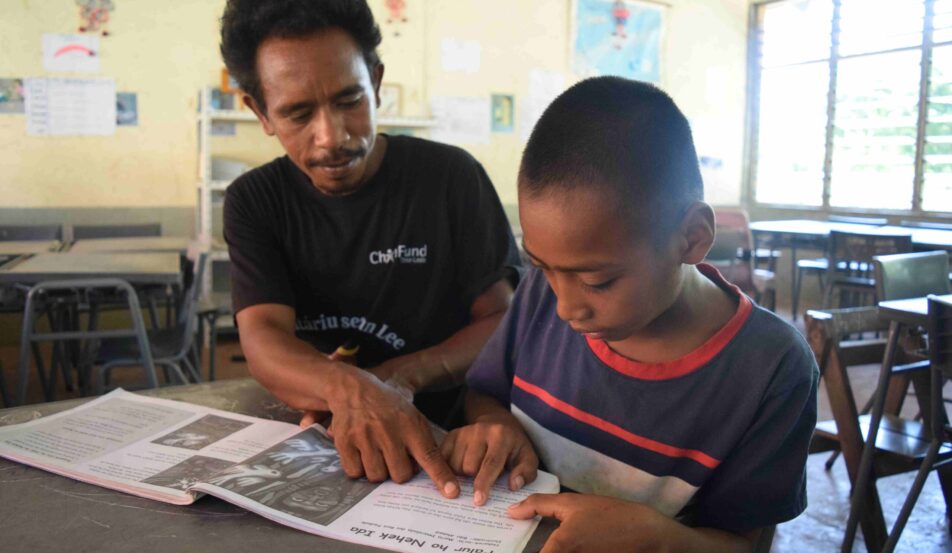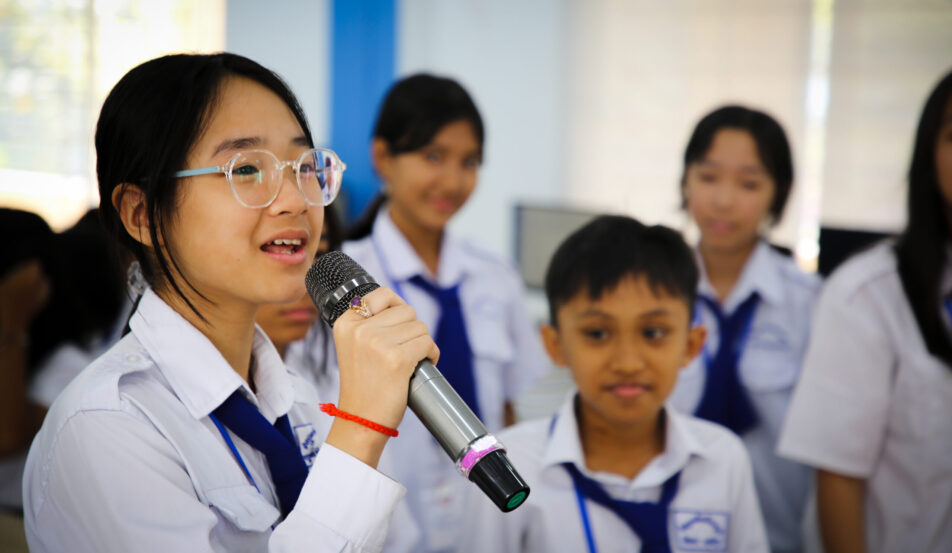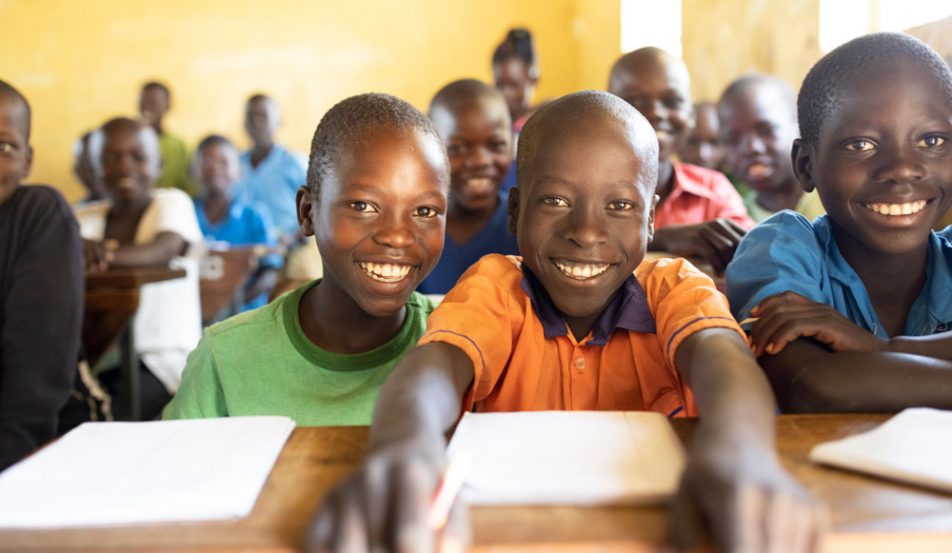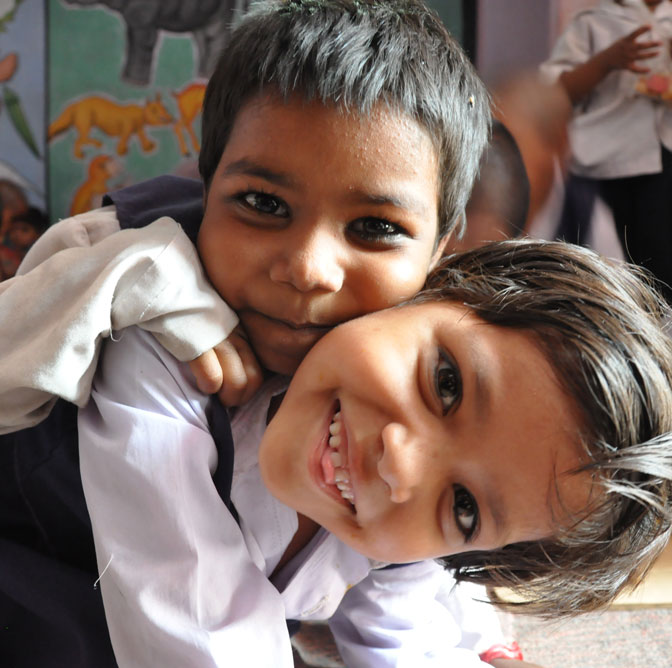Local partners spotlight: Children’s Action for Development Cambodia
ChildFund is committed to partnering with local organisations in the communities where we work, to reduce poverty and achieve long-term improvements in the lives of children and their families.
We believe that working with local partners enhances our capacity to realise children’s rights and improves the effectiveness and reach of the programs we support. Working together, we can harness local knowledge and expertise, ensure community needs are met, and promote transparency and accountability.
In this new series, we will introduce you to our incredible local partners, whose work is changing the lives of children throughout the Asia-Pacific. This week, we spoke with Thy Bunrith of Children’s Action for Development.
When was your organisation established and why?
Children’s Action for Development (CAD) was formed in 2016. We are working to tackle major problems around children’s education in rural Cambodia. In these areas many children do not have the opportunity to learn basic literacy and numeracy skills. They are often taken out of school at a young age to work on the family farm. This leads to many other issues and is a cycle we want to break.
What are the main challenges facing the children and families you work with?
Children face many barriers to accessing a quality education in rural parts of Cambodia. The drop-out rate is high – between 15% to 20%. This means the gap between rich and poor, and the quality of life in urban and rural communities continues to widen. When parents earn just $3-$5 a day, they often can’t afford things like school supplies or transport costs for their children to go to school.
Last year, COVID-19 added new challenges because so many government schools closed for much of the year. While this kept the community safe, it set back children’s education.
What kinds of activities do you implement to overcome these challenges?
We are working to establish both short and long-term strategies to build the capacity and skills of staff, teachers and school directors. This will strengthen organisational governance, and partnerships between schools and local governments, and ensure strong reporting and accounting systems to retain new donors to continue to fund education programs in rural Cambodia
Our education projects are helping to educate communities about the importance of child rights and protection, up-skill teachers, provide support to students at all levels, improve the standards of early education and create scholarship programs. We also support communities with the tools to start their own small businesses such as sewing, handcrafts and scarf weaving. We responded to COVID-19 by providing small group training sessions for teachers to show them how to teach their students online.
How do you monitor the effectiveness of your work?
CAD uses the Child Friendly Schools model to collect data on school dropout rates, student attendance, improvements in children’s grades, the effectiveness of teaching and School Support Committees, and many other basic measures. Child friendly schools are schools that support a fun, safe learning environment, equipped with libraries, playgrounds, technology and empowered teachers.
We have regular meetings with project staff to monitor our activities and evaluate whether they’re effective. We also use this as an opportunity to discuss any challenges and how we are going to fix them. We conduct a monitoring field visit to stakeholders such as schools, parents and local authorities.
How long have you worked in partnership with ChildFund?
We started working with ChildFund in February 2021.
What are the benefits of this partnership?
Through this partnership we have been able to extend the scope of our projects to support more vulnerable children in rural areas. We are also working in collaboration with more key stakeholders to support children to get better education and life skills. We have also been able to improve staff capacity in project and finance management, reporting data collection and school management.
ChildFund has shared its experience to improve our governance, accountability and transparency in communication, administrative and human resource management. This has helped us to create a better work environment.
What new initiatives do you have planned for the future?
We already run a small computer training centre, but we want to expand this to improve digital education and Science, Technology, Engineering and Maths (STEM) programs in primary schools. We want to change the mindset of primary school teachers so that they move from feeling powerless to empowered. This will be done through training, school visits, exchange programs and motivating schools to have yearly festivals to recognise and reward teachers and school leaders.
What would you consider to be the greatest impact your organisation has had on children, families or communities you work with?
Since we started working, there has been an improved access to education and the student dropout rate has decreased from 15% to 3%. Local school support and management committees are getting involved in school development and social improvement.
The children, teachers and school directors have gained knowledge, experience and leadership skills. This has encouraged them to be much more creative when problem solving. There is also better cooperation from Commune Councils and Village Chiefs who have taken much more ownership and responsibility for schools and communities.
As a staff member of Children’s Action for Development, can you share with us a recent personal highlight from your work?
I think a personal highlight for me has been how we’ve managed and responded to the COVID-19 pandemic. It has made me more proactive when it comes to dealing with a problem and searching for a resolution. I was able to facilitate communication between all partners so that we could continue our work while schools were closed.
During the pandemic we made sure that staff met regularly to talk about the spread of the virus and supported teachers in teaching online. My team and I increased online learning from 30% to 60% after providing training. We also distributed quizzes and learning materials to children who did not have access to a smart phone to help them continue their education.


































